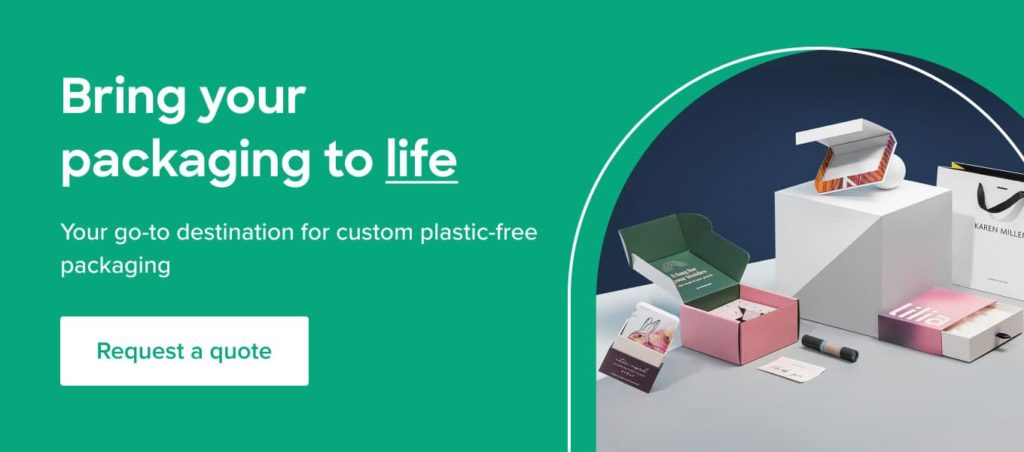Table of Contents
Whether or not we are always aware of it, product packaging plays an important role in our consumption decisions.
The logo, the colors, the placement, and a plethora of other characteristics can influence our choices.
But what about their impact on the environment?
That too is beginning to guide our consumer preferences.
Many consumers critically point to the over packaging of goods, and the use of inorganic materials, as a key contributor to our global waste problem.
In recent years, however, the private sector has conjured up a whole host of eco-friendly packaging ideas to ensure that their carbon footprint is as minimal as possible.
From eating the packaging to repurposing it, there are plenty of concepts being tested in real-time.
Here are seven of the top eco-friendly packaging concepts for 2023:
Leveling Up Reusable Packaging
You heard it repeatedly in the 1980s and 1990s: recycle, reduce, reuse – and close the loop.
That jingle probably still rings in your head anytime someone mentions the 3Rs of conscious waste management.
Suffice it to say, both consumers and manufacturers have made incredible strides in recycling over the years, shifting to packaging that can be collected and re-molded into new packaging.
Think kraft packaging, molded pulp, foams, and recycled plastic.
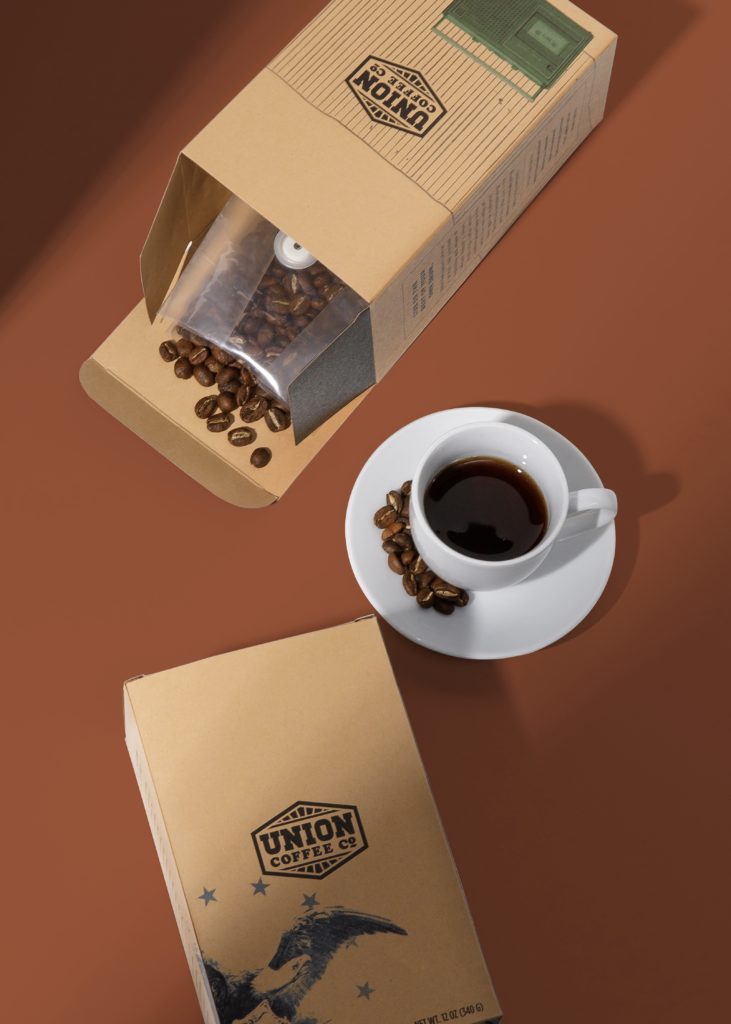
More consumers are also making the conscious choice to buy in bulk and use reusable packaging and utensils where possible, helping to reduce the amount of waste generated.
Some companies are making a serious commitment to the 3Rs through the introduction of reusable packaging programs.
These trailblazers are using reuse and refill business models, in which customers can return the original packaging for a re-fill at a discounted price.
Adding Another ‘R’ to the Three R’s
This leads to another R that is gaining prominence in the world of consumer goods: returnability.
Many companies are going out of their way to encourage customers to return their items that can be recycled (or upcycled).
Some entities will incentivize returning some products in exchange for others.
One return-able item that is capturing attention in 2022 and will likely continue to in 2023? Black plastics.
Black plastic gets a bad rep by being a challenging product to recycle.
Because municipal recycling facilities use an optical scanner to identify all types of plastics, these facilities are unable to scan black plastics since they are unable to reflect light.
This damages your recycling endeavors.
Recognizing this, companies and local supermarkets are encouraging consumers to return their black plastics, offering incentives for compliance.
For example, skincare company, Lush, encourages customers to return their signature black pots to be recycled.
Five returned pots will earn you a free fresh face mask!
A big win-win.
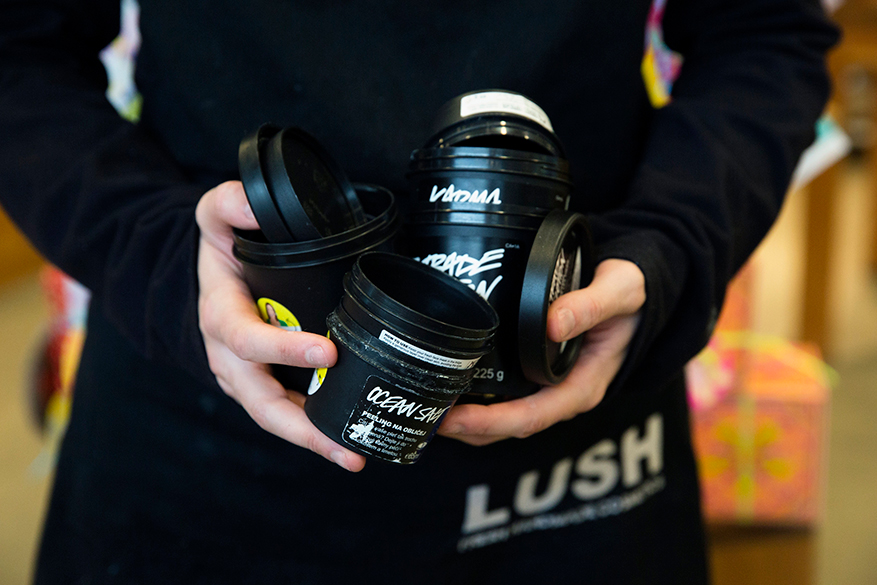
This allows these forms of plastic to be properly recycled or upcycled, rather than crowding a landfill.
The Rise of Bioplastics
Bioplastics sound futuristic, but they are already becoming the future of retail packaging.
Bioplastics are plastic materials manufactured from renewed biomass sources, like corn starch, sawdust, recycled food waste, and vegetable fats and oils.
Bioplastics do feel like plastic, but they are repurposed with the intention of reducing biowaste.
This innovation may be more expensive for businesses right now, but it is great for the planet.
Written in Vegetable Ink
Did you know that you can get your hands on vegetable-based inks?
Indeed! Since their creation, inks have been traditionally made from petroleum, which ensures a negative carbon footprint.
In recent years, companies and consumers have turned to things like soy-based inks for their packaging because they do not generate harmful emissions since they are biodegradable.
Plus, when it comes to cost and waste, vegetable-based inks are far more efficient on certain materials.
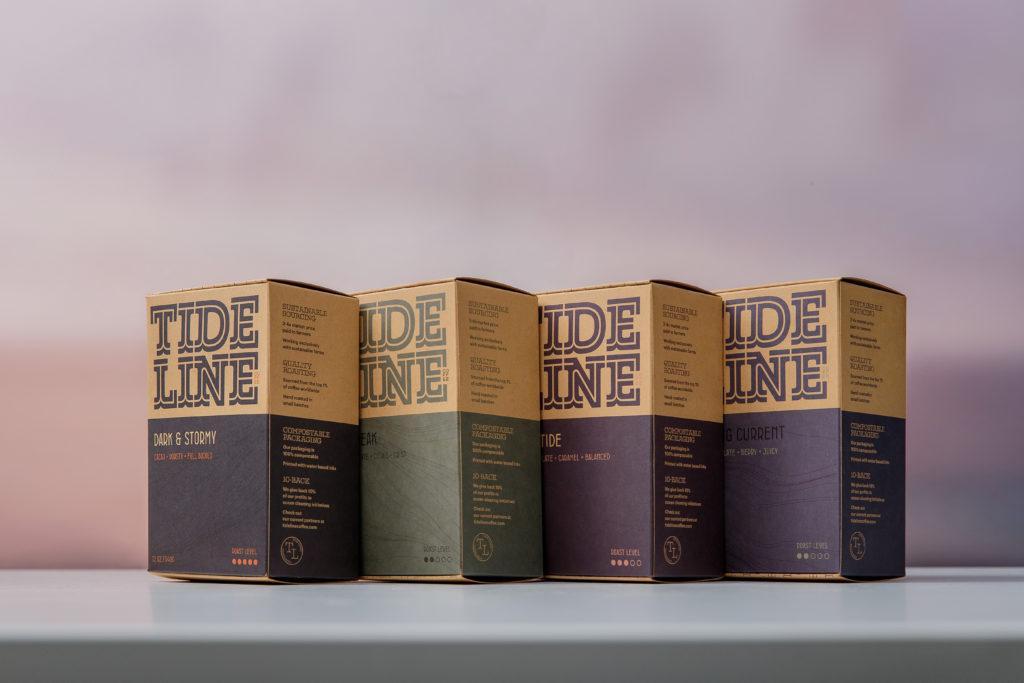
Eating Packaging
Imagine polishing off the takeout from your favorite local diner by munching on the container.
Before you scrunch your nose in disgust, you should know that edible packaging is on the rise, and it is one of the most eco-friendly retail packaging solutions available today.
Edible straws, wraps, films, and other packaging supplies are already hitting the market, and are projected to become the new norm.
For example, some brands are selling sandwich wrappers manufactured from seaweed.
So now you can have your cake and eat the wrapper too!
Just because you may not want to eat you packaging, doesn’t mean someone (or something) else won’t!
Mexican company E6PR manufactures six-pack rings for beer, in fact made from the wheat and barley remains from beer brewing.
These rings are not only decomposable but can also be a tasty treat for an animal.
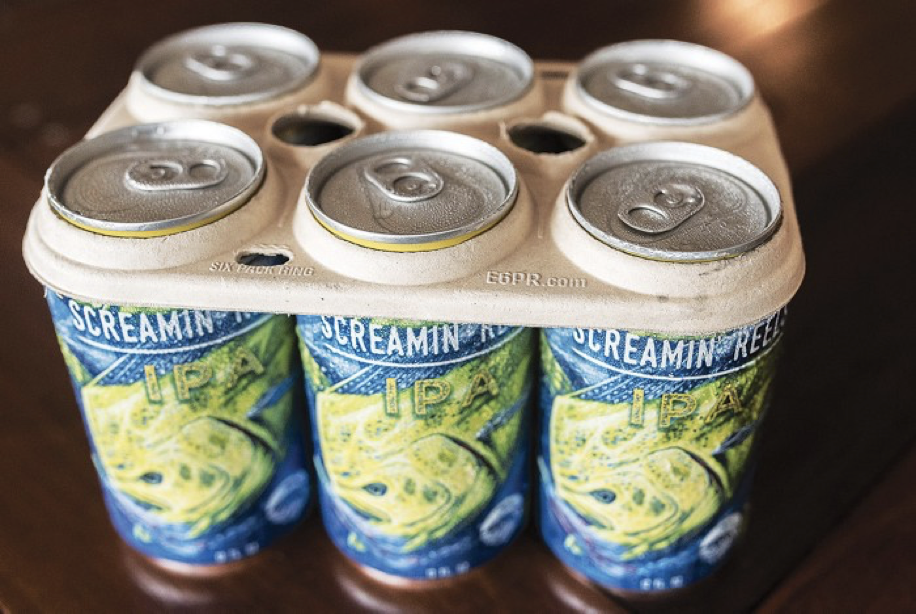
Anti-Bacterial Packaging
In the aftermath of the coronavirus pandemic, we may have created a generation petrified of germs.
It won’t be easy to reverse, so perhaps society can take advantage of it by integrating eco-friendly with anti-microbial packaging.
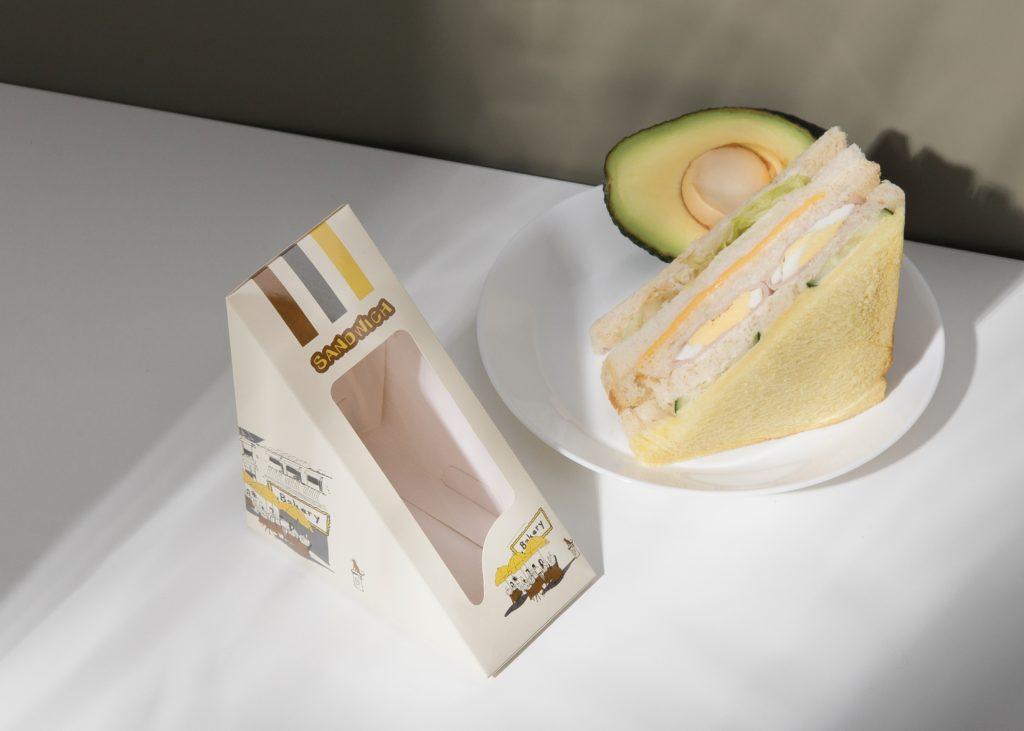
A number of brands are incorporating technology that prevents bacterial growth in the linings of their reusable bags to encourage eco-friendly packaging options, while guaranteeing the safety of your food inside.
This has been a smart move on the part of packaging manufacturers and could very well be the start of a huge industry.
It is estimated that the anti-bacterial packaging industry could blossom to $11.88 billion by 2024.
This forecast was released before the COVID-19 public health crisis, so it is safe to assume this figure could be at least $3 billion higher now.
Studies have found that two-thirds of shoppers find paper and cardboard-based packaging makes a product more attractive than other materials.
This is good news, because paper and cardboard can be recycled and reused (and even creatively repurposed).
As the packaging trends of 2022 have shown, companies are ready to push the boundaries, using materials and processes that will perhaps one day change how all of our goods and products are sold and purchased, especially going into 2023.
At a time when society is trying to reduce its waste, over-packaging or the use of unsustainable packaging materials is frowned upon by conscious consumers.
Altering our packaging habits is one step in the right direction towards being a little kinder to our already stressed-out Mother Nature.
